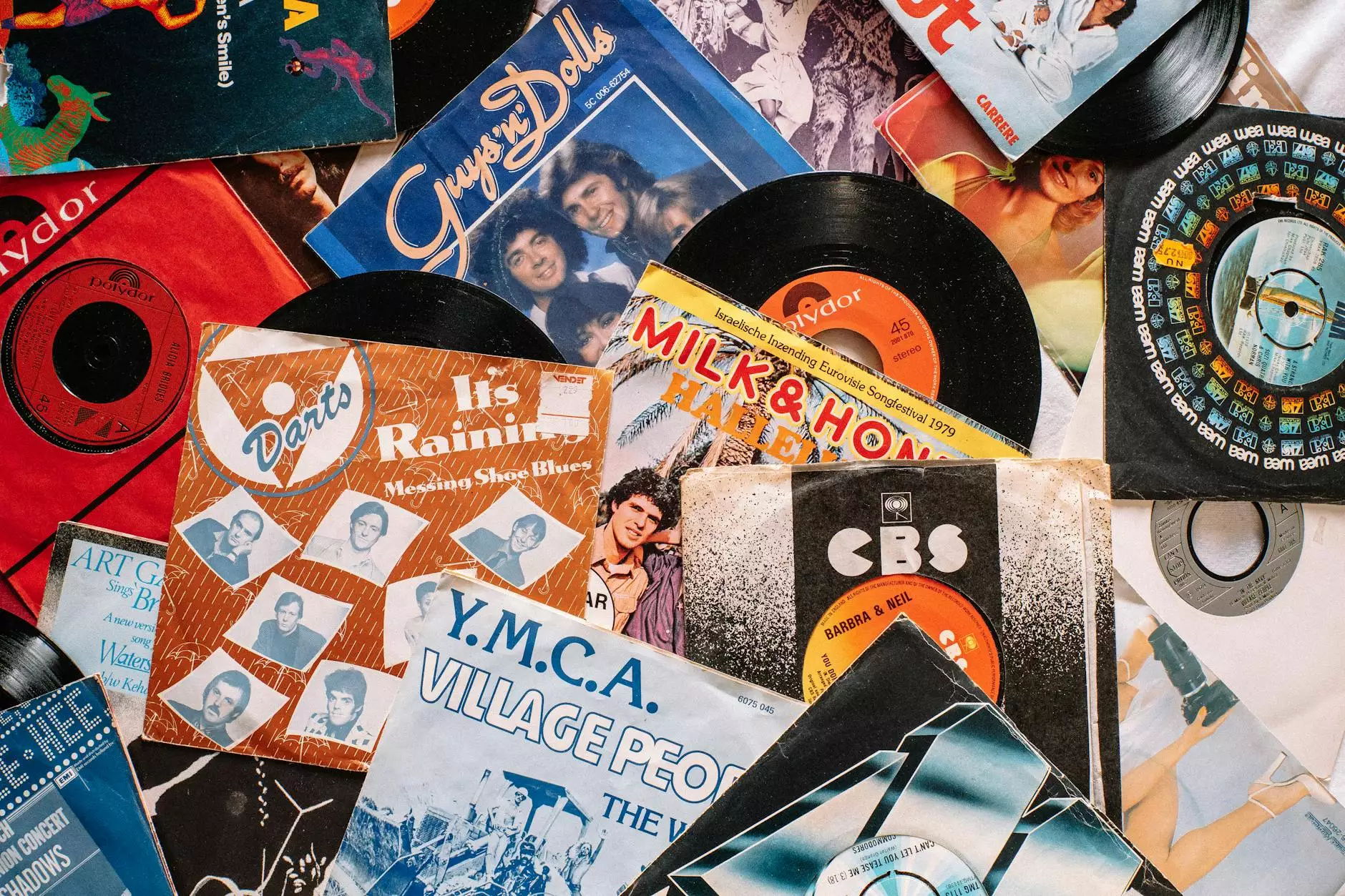The Meaning of Art Deco Songs

Art Deco, a prominent style in the 1920s and 1930s, influenced various forms of art, including music. Art Deco songs were characterized by their jazzy tunes, elegant melodies, and sophisticated lyrics, reflecting the spirit of the era.
History of Art Deco Songs
During the Art Deco era, music played a crucial role in shaping the cultural landscape. Artists and composers drew inspiration from the sleek lines and geometric shapes of art deco architecture and design. The music of the time captured the optimism and glamour of the Roaring Twenties and the subsequent years of economic growth and social change.
Characteristics of Art Deco Songs
Art Deco songs were known for their lively rhythms, intricate arrangements, and fashionable themes. They often featured lavish orchestrations, catchy melodies, and lyrics that celebrated modernity, progress, and luxury. These songs were frequently performed in upscale nightclubs, theaters, and radio broadcasts, captivating audiences with their stylish and sophisticated sounds.
Exploring the Meaning of Art Deco Songs
When delving into the meaning of art deco songs, it's essential to consider the context in which they were created. Many of these songs reflected the societal changes of the time, touching on themes such as love, glamour, resilience, and escapism. The lyrics often painted vivid portraits of the contemporary urban lifestyle, showcasing the excitement and allure of metropolitan cities.
Significance of Art Deco Music
Art Deco music not only entertained audiences but also served as a cultural reflection of the period. It captured the essence of a dynamic and rapidly changing world, offering a soundtrack to the vibrant nightlife, the rise of consumer culture, and the overall exuberance of the Jazz Age. The legacy of art deco songs endures today, inspiring new generations and continuing to influence modern music and design.
The Impact of Art Deco Songs on Society
Through their tunes and lyrics, art deco songs left a lasting impact on society, shaping perceptions and attitudes towards art, fashion, and popular culture. They reflected the zeitgeist of their time, providing a lush and evocative soundscape that resonated with audiences across different social strata. As cultural artifacts, these songs continue to evoke nostalgia for a bygone era while remaining relevant and captivating to contemporary listeners.
Conclusion
In conclusion, art deco songs are not just musical compositions; they are windows into a fascinating period of history, offering insights into the cultural and artistic trends of the early 20th century. By exploring their meaning and significance, we gain a deeper appreciation for the creativity and innovation of the Art Deco era, and the enduring legacy it has left on music and society.









